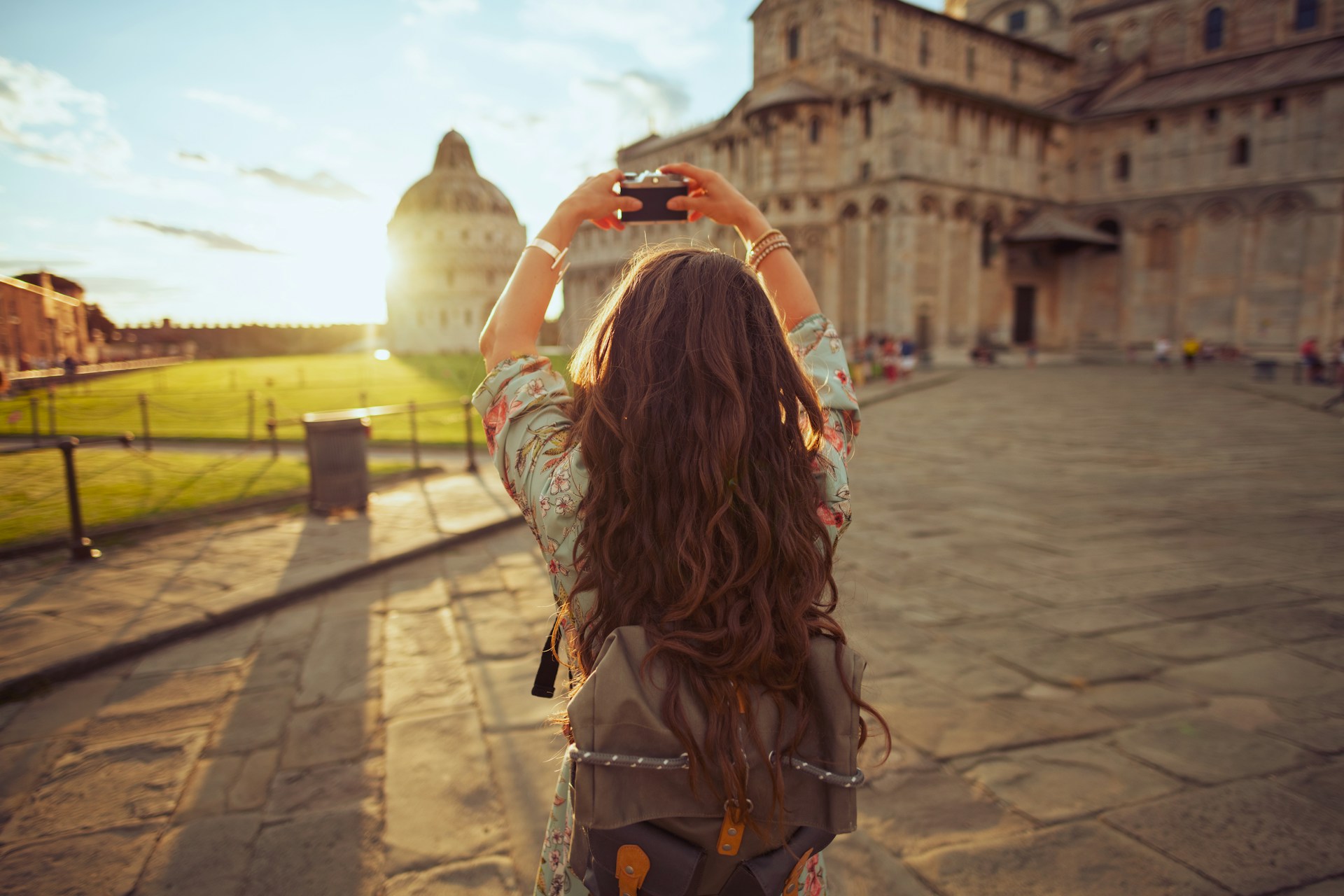
Travel and art have always shared a deep connection. When creatives venture beyond their familiar surroundings, they don’t just see new places—they experience new ways of living, feeling, and expressing. Cultural traditions, architectural styles, textures, and stories become vivid sources of inspiration. That’s why travel is so often described as the ultimate muse for artistic expression. Whether it’s a sculptor in Greece, a muralist in Brazil, or an architect in India, the journey leaves a mark far beyond memories—it becomes the blueprint for the work that follows.
The Cultural Lens That Expands Creative Perspective
Every culture sees beauty differently. What’s minimal and subtle in one place might be bold and complex in another. Artists who embrace cultural travel open themselves to this diversity and develop a more fluid understanding of creativity. Instead of being tied to one style, they begin to interpret the world through a multicultural lens.
In Morocco, geometric patterns and intricate tilework tell stories of mathematics and faith. In South Korea, brushstrokes in calligraphy convey energy and emotion. These details inspire not only technique but also mood. When artists observe how beauty is expressed through rituals, colors, and public art across cultures, their work starts to carry more depth.
This exposure doesn’t lead to copying—it encourages reinterpretation. Creators take what moves them and translate it into something unique. That’s how artistic expression becomes both personal and global, informed by experiences that go far beyond borders.
Architecture Rooted in Human Connection
Buildings are more than structures; they’re reflections of the people who build and inhabit them. Through travel, architects witness firsthand how different regions respond to climate, community needs, and aesthetics. These observations become lessons in form and function.
For instance, adobe homes in rural Peru demonstrate natural insulation and sustainability. The layered courtyards of Iranian architecture show how privacy, beauty, and cooling design coexist in desert climates. Exposure to these ideas helps architects back home design with greater empathy and cultural awareness.
Artistic expression in architecture comes alive when a designer applies what they’ve learned abroad to shape something meaningful in a new context. A school building in Texas might borrow concepts from Balinese open-air classrooms. A gallery in Berlin could reflect the soft arches of Moorish influence. These creative bridges make architecture more than just shelter—it becomes a form of storytelling in space.
Discovering and Embracing New Materials
Creatives who travel quickly discover that the world is full of unfamiliar and fascinating materials. In every region, people utilize what is available to express their identity. The rich texture of African mudcloth, the luster of Thai silk, the weight of Italian marble—each holds its cultural fingerprint.
Artists who explore markets, workshops, and rural studios during their travels come away with much more than souvenirs. They learn techniques. They feel the difference in handwoven fibers versus machine-made fabrics. They understand why certain woods, clays, or dyes matter to local makers. That awareness reshapes how they choose materials in their practice.
These encounters also encourage artists to adopt ethical sourcing and sustainability practices. When they observe how communities value and respect their resources and traditions, they start to prioritize authenticity and longevity in their work. Artistic expression becomes not only more meaningful but also more responsible.
Emotional Awakening Through Journey
Travel stirs emotion in powerful ways. Unfamiliar languages, different foods, surprising landscapes—all awaken senses that might lie dormant at home. This emotional reset fuels creativity. It’s why so many artists speak of travel as a time of reflection and rediscovery.
Wandering through the ruins of Petra or sitting quietly in a Japanese Zen garden can evoke a kind of stillness that’s hard to find in daily life. These moments of awe, silence, or surprise become emotional reference points in later work. A color palette may recall a sunrise in Bali. A sculpture’s form may echo a mountain range in Patagonia.
The artist doesn’t need to replicate the scene consciously. It becomes a memory embedded in their approach to line, form, and feeling. In this way, artistic expression transforms into something layered, honest, and deeply tied to the artist’s journey.
Collaboration Across Borders
Another gift of travel is connection. Artists often meet fellow creatives abroad—in museums, markets, or artist residencies—sparking unexpected collaborations. These partnerships blend styles, traditions, and perspectives.
A ceramicist from Mexico might work with a French glass artist. A dance choreographer from Senegal could pair with a visual artist from Thailand. These collaborations yield hybrid expressions that neither artist could have created independently. They challenge assumptions, push boundaries, and build shared meaning.
In a world that can often feel divided, this kind of creative teamwork showcases unity through artistic expression. It tells a story of cooperation, of learning, and of the incredible beauty that emerges when different voices come together with respect.
Returning Home with a Renewed Creative Vision
Artistic expression after travel becomes more intentional, more expansive, and often more daring. The artist is no longer working from a single perspective but from a tapestry of global insights. They blend the old with the new and the local with the distant to create something truly original.
Art and travel are forever linked. One feeds the other, and together they form a cycle of endless discovery. Through artistic expression, creatives translate their global experiences into forms the rest of the world can see, feel, and connect with. From materials to architecture, from collaboration to emotion, the influence of travel is evident in every brushstroke, every curve, every word, and every sound.
The beauty of travel is that even after it ends, it continues to influence. Artists return home changed, not just in memory, but in mindset. They begin to notice patterns and possibilities they had overlooked before.
In the end, artists don’t just go abroad to escape routine—they go to remember what it means to be alive, connected, and creative. And when they return, they carry with them more than inspiration—they bring back the power to transform how we all see the world.